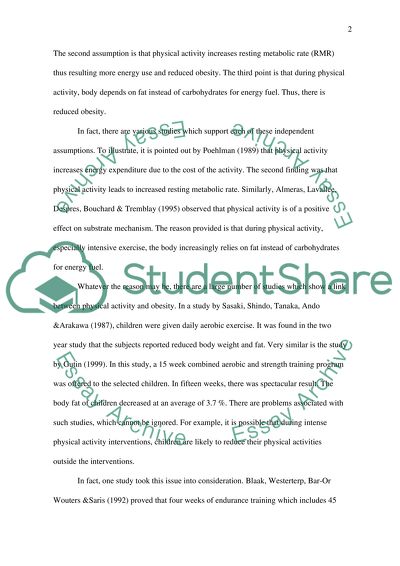Cite this document
(“Childhood Obesity: The Schools Fight Research Paper”, n.d.)
Childhood Obesity: The Schools Fight Research Paper. Retrieved from https://studentshare.org/health-sciences-medicine/1451515-childhood-obesity-the-schools-fight
Childhood Obesity: The Schools Fight Research Paper. Retrieved from https://studentshare.org/health-sciences-medicine/1451515-childhood-obesity-the-schools-fight
(Childhood Obesity: The Schools Fight Research Paper)
Childhood Obesity: The Schools Fight Research Paper. https://studentshare.org/health-sciences-medicine/1451515-childhood-obesity-the-schools-fight.
Childhood Obesity: The Schools Fight Research Paper. https://studentshare.org/health-sciences-medicine/1451515-childhood-obesity-the-schools-fight.
“Childhood Obesity: The Schools Fight Research Paper”, n.d. https://studentshare.org/health-sciences-medicine/1451515-childhood-obesity-the-schools-fight.


